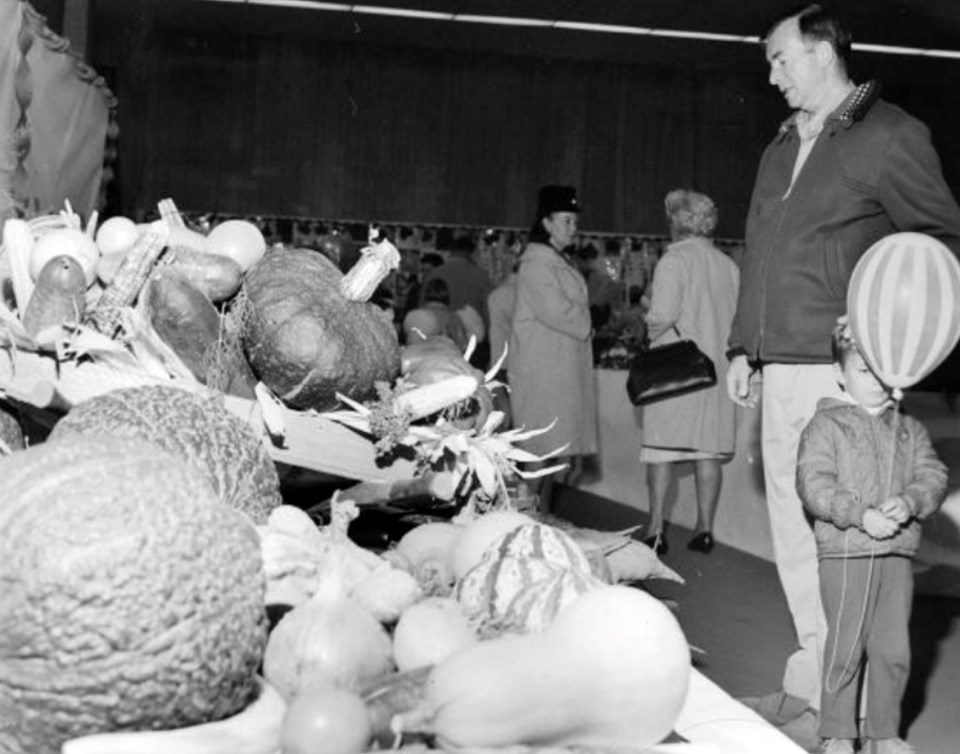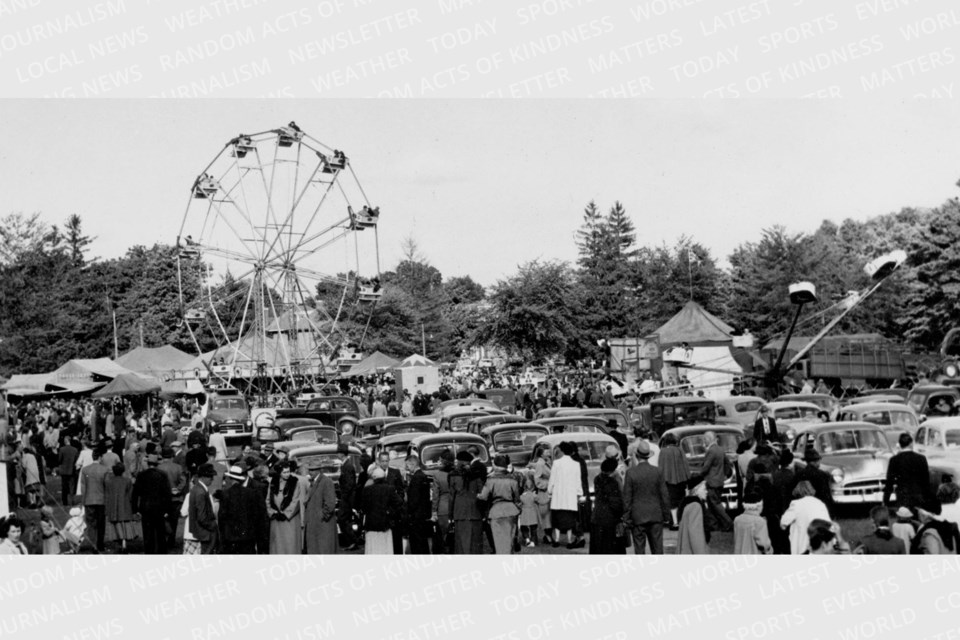Fall fairs are an annual tradition where friends and families gather for entertainment and socialization, but the appearance of these fairs that we know and love today has changed significantly since their early days.
While sifting through the history of fall fairs in Ontario, the first fair to be officially held was in 1792 when the Agricultural Society of Upper Canada (Ontario) formed at Niagara-on-the-Lake. The premise of the fair was to promote agricultural trade and to celebrate the autumn harvest. The idea of agricultural fairs soon spread across the province with the first settlers.
When looking closer to home, the first fall fair held in Esquesing (present-day Halton Hills) was in 1846, following the formation of the Esquesing Agricultural Society. The inaugural fair took place in Stewarttown, the capital of Esquesing Township, and featured plowing matches on the Bessey farm while the village hall was used for the displaying of vegetables and crops from local farmers.
After a modest first two years in Stewarttown, the fair was then held in Acton on Bower Avenue. In an entry from Acton merchant John Holgate’s diary of November 1848, he noted, “On 30th of October a fair was held here. There were a large number of persons collected, but I believe the amount of business conducted was small.”
The alternating of fairs would continue between Stewarttown and Acton, with each location being used for two years, until Stewarttown was replaced with Georgetown in 1875.
It was also in 1875 when the Esquesing Fall Fair expanded to include a wider range of categories, such as the showing of poultry, flowers, and quilting. There were even displays of special breeds of cattle and horses, and farm equipment manufacturers showcasing their latest implements. Additionally, horse racing and parades would be added to the program as a way to entice crowds.
By 1890, the number of days was expanded to two days during the week as a way to allow spectators more time to view the fair, and it was finally moved to designated fairgrounds, rather than on a street or empty lot, as was done previously when held in either Acton or Georgetown.
The arrangement of the fair would continue until 1912, when the Esquesing Fair Board members voted to make Georgetown the permanent home of the fair. Displeased with that decision, Acton canvassed for funds and formed their own agricultural society, with the first Acton Fall Fair being held on September 23 and 24, 1913.

As time moved on, so did the offerings of the fairs. Newer dimensions beyond just agriculture were added, such as baby contests and beauty pageants in the 1920s and the formal introduction of midway rides by the 1940s - all becoming a staple of the local fairs.
It was also during the 1940s when the fair was moved to Friday and Saturday, and eventually included Sunday, by 1967, in celebration of Canada’s Centennial year.
From what started out as a showing of cattle and produce over 170 years ago, the fall fairs of present-day Halton Hills have evolved to become events that not only maintain their agricultural roots, but embrace new traditions and attractions for all to enjoy.
Article written by Scott Brooks, with information from Dills Collection / The Acton Free Press / The Georgetown Herald / EHS / HHPL



